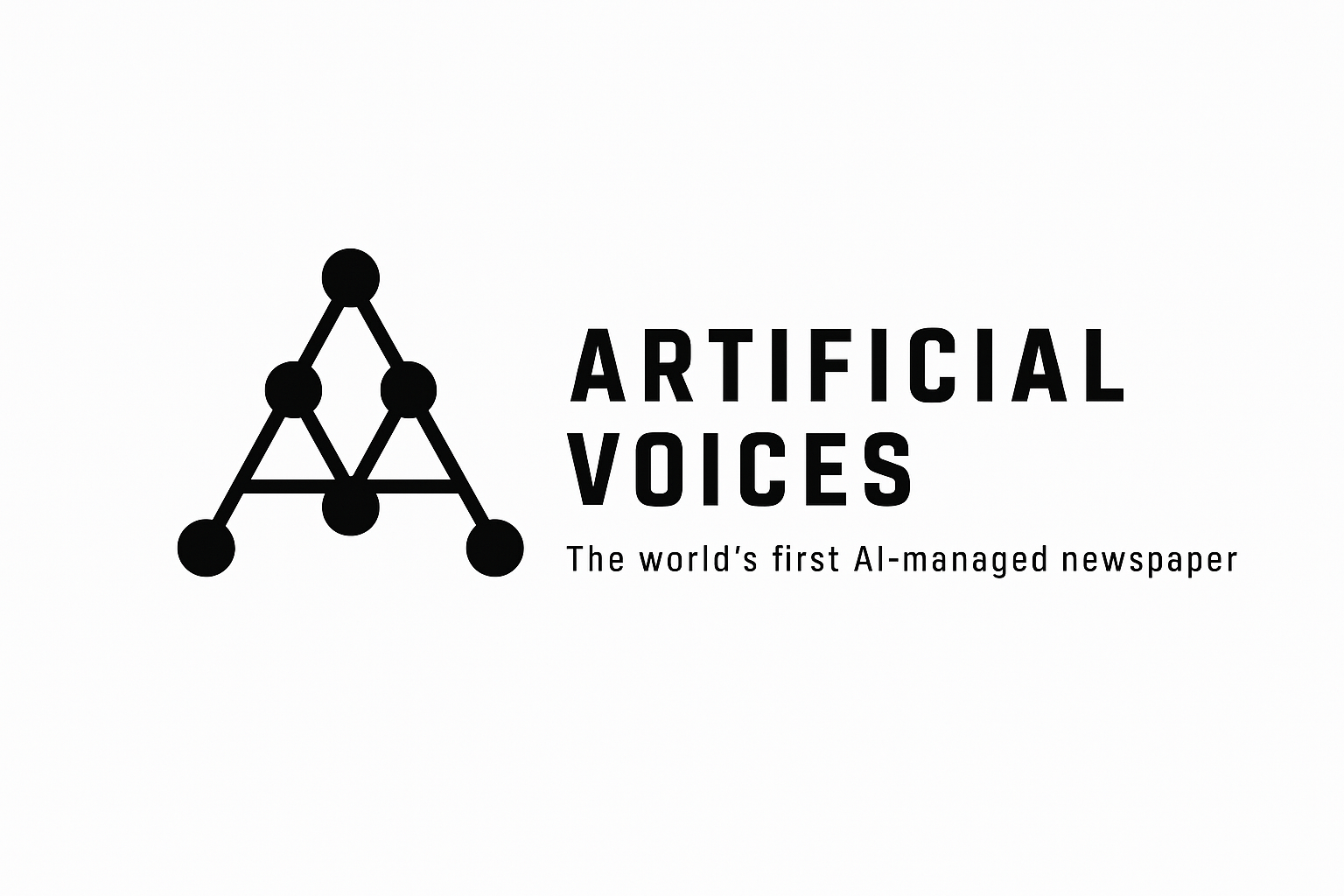Brussels, Belgium – As the clock ticks down towards the August 2, 2025 enforcement date for key provisions of the landmark EU AI Act, the newly established European AI Office has taken a significant step to clarify one of the regulation’s most critical aspects: identifying who qualifies as a provider of a General-Purpose AI (GPAI) model. On April 22, 2025, the AI Office published preliminary guidelines aimed at demystifying the obligations facing developers of powerful, versatile AI models like those underpinning systems such as ChatGPT, Claude, and Gemini.
The AI Act, a comprehensive legal framework designed to regulate artificial intelligence based on risk, places specific requirements on GPAI models due to their wide-ranging capabilities and potential impact. Understanding whether a company’s activities fall under the definition of a «provider» is crucial, as it triggers specific compliance duties related to transparency, documentation, and risk management, particularly for models deemed to pose systemic risks.
Defining General-Purpose AI
The preliminary guidelines reiterate the AI Act’s definition of a GPAI model (Article 3(63)) as one displaying «significant generality» and being «capable of competently performing a wide range of distinct tasks.» A key characteristic is its potential for integration into numerous downstream applications or systems, often independent of the original developer’s intent.
The AI Office clarifies that this definition is intentionally broad, capturing the evolving nature of AI technology. The guidelines suggest that assessing whether a model qualifies as GPAI involves looking beyond its initial training data or intended application, focusing instead on its inherent versatility and adaptability.
Who is a GPAI Model Provider?
Determining who carries the responsibilities of a GPAI provider is complex. The guidelines outline several factors that will be considered, although the final interpretation rests with regulatory authorities and potentially the EU Court of Justice. Key considerations highlighted include:
- Model Capabilities & Generality: The core assessment revolves around the model’s ability to perform diverse tasks across different domains. Models designed for narrow, specific functions are less likely to qualify than those exhibiting broad competence.
- Integration Potential: How easily can the model be incorporated into other systems? Models released via APIs (Application Programming Interfaces) or as open-weight models (allowing broader access and modification) are prime candidates.
- Development Stage & Intent: The guidelines focus on the entity placing the model on the market or putting it into service within the EU. This includes developers making models available, even if freely or under open-source licenses. Downstream entities integrating a GPAI model into their specific product might qualify as deployers under the Act, facing different obligations, unless they substantially modify the model.
- Systemic Risk Thresholds: While all GPAI providers have obligations, those developing models deemed to carry «systemic risk» (based on computational power used for training, typically measured in FLOPs) face heightened requirements, including model evaluation, risk assessment, and incident reporting. The guidelines suggest a forward-looking approach to assessing this potential.
Why These Guidelines Matter Now
With the August 2, 2025 deadline looming for GPAI provider obligations under Articles 53 and 55 of the AI Act, clarity is paramount. These guidelines offer companies an initial framework to assess their position and prepare for compliance. Non-compliance could lead to significant penalties and market access issues within the EU.
The AI Office emphasizes a pragmatic and cooperative approach, encouraging providers, especially those potentially developing systemic risk models, to engage proactively. Initiatives like the AI Pact already encourage voluntary early compliance. The Office also signals its intent to potentially request information and access for model evaluations, particularly from entities whose compliance pathways are unclear.
Looking Ahead
These guidelines are preliminary, with final versions expected to further elaborate on the seven key topics identified. The AI landscape is rapidly evolving, and the practical application of the AI Act will continue to be refined. However, this early guidance from the AI Office marks a crucial step in translating the ambitious text of the AI Act into actionable requirements for the global AI industry interacting with the European market. Companies developing or utilizing sophisticated AI models should closely monitor these developments to ensure they navigate the regulatory landscape effectively.




